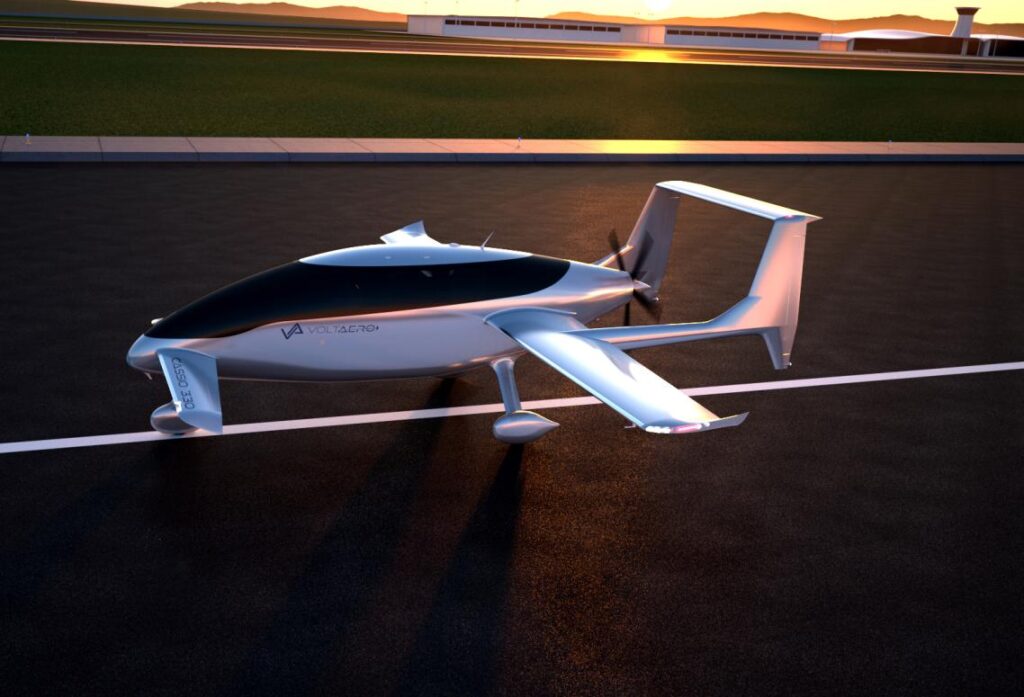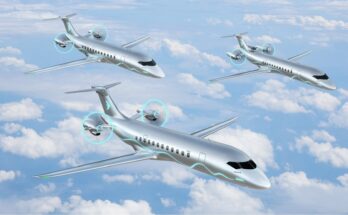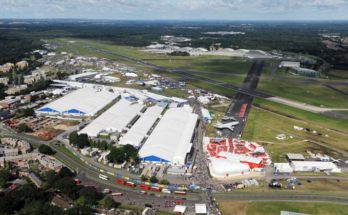
Safran Electrical & Power has been selected to supply the electrical wiring for VoltAero’s Cassio 330 electric-hybrid certification aircraft. With the contract, Safran will design and produce electrical wiring for the propulsion system and power distribution system, including the high-voltage wiring, for the Cassio 330 that is to be used in the aircraft’s certification program.
The wiring will be qualified for electrical voltage up to 800 Volts in continuous operation, and is to be designed to resist partial discharge phenomena at altitude. Safran said that, at the equivalent size of cabling produced today for traditional aircraft, the Cassio wiring will carry power levels twice as high.
Safran will also provide technical expertise to support VoltAero in obtaining Safety of Flight validation, a prerequisite for carrying out the Cassio 330’s certification flight tests.
The contract extends a partnership signed in 2020 involving the Cassio 330’s electric-hybrid propulsion system. Safran is to supply the propulsion system’s ENGINeUS 100 electric motor, which delivers a maximum power of more than 150 kW at takeoff. According to Safran, the ENGINeUS 100 integrates its own control electronics as well as an air-cooling system, ensuring an optimal size-to-power ratio.
Based in Medis, France, VoltAero is developing a family of electric-hybrid aircraft, dubbed the Cassio series, that is intended for regional commercial operators, air taxi and charter outfits, and private owners, as well as for cargo, postal delivery, and medical evacuation applications. Three Cassio models are planned: the five-seat Cassio 330, the six-seat Cassio 480, and the 10-12-seat Cassio 600.
Cassio aircraft will utilize the Safran ENGINeUS 100 electric motor in an aft fuselage-mounted hybrid propulsion unit for all-electric power during taxi, takeoff, primary flight of distances less than 150 kilometers, and landing. The aircraft’s hybrid feature, with an internal combustion engine, comes into play as a range extender, recharging the batteries while in flight. In addition, the hybrid element serves as a back-up to the aircraft’s electric propulsion.
Raymond Jaworowski currently co-authors three of Forecast International's best-selling products: Civil Aircraft Forecast, Military Aircraft Forecast, and Rotorcraft Forecast. As a contributor to Aviation Week & Space Technology's Aerospace Source Book, he has authored Aircraft Outlooks, and provided input for the publication's Aircraft Specifications tables. Raymond has represented Forecast International at numerous conferences and trade shows, often as a featured speaker. He is a member of the American Helicopter Society.




